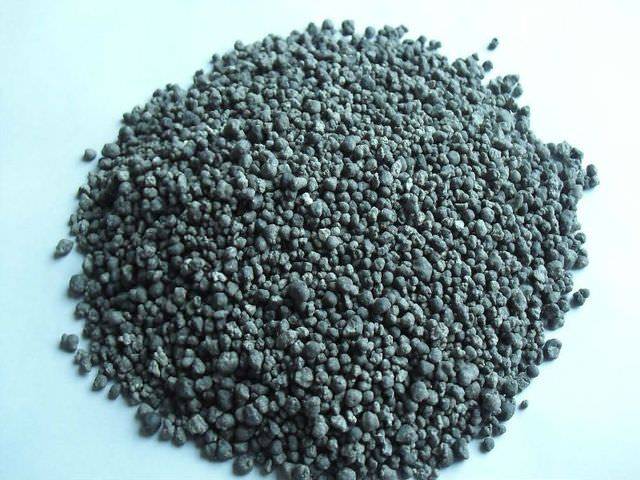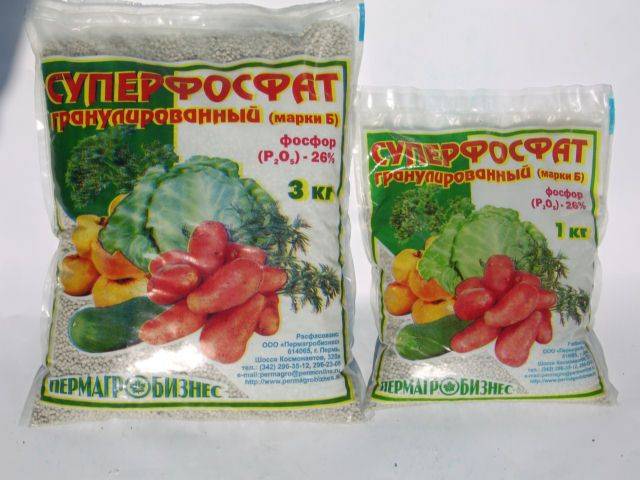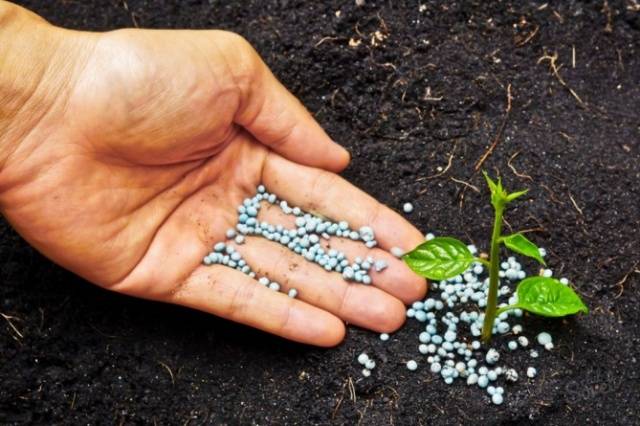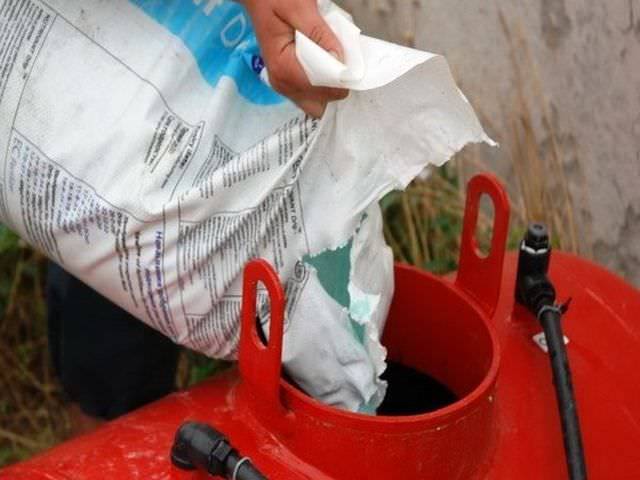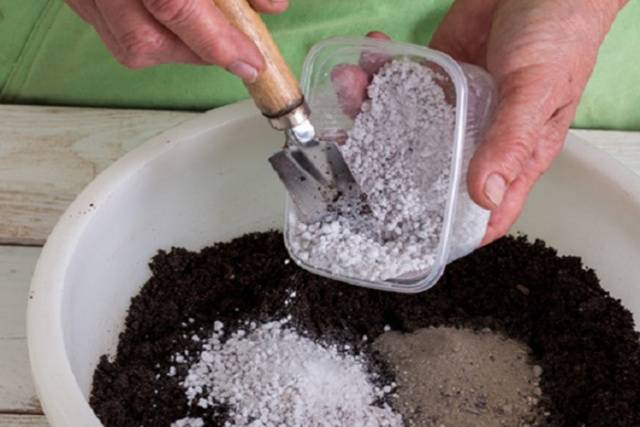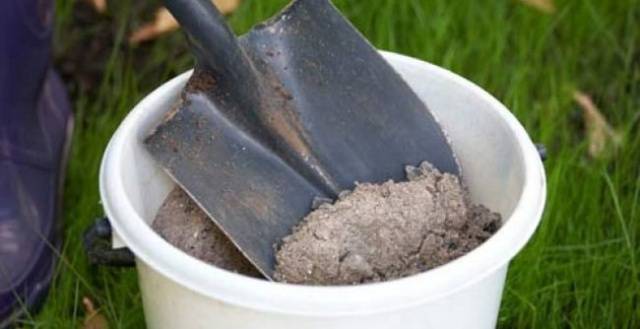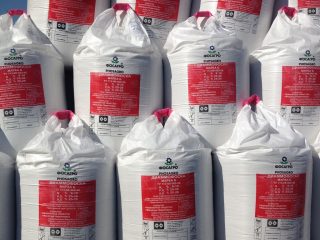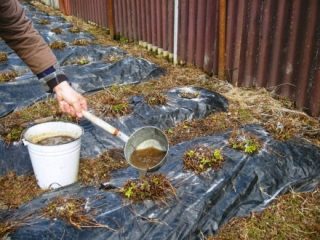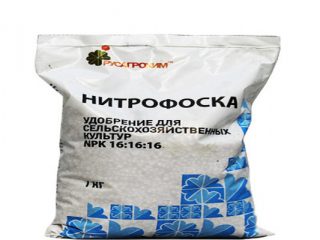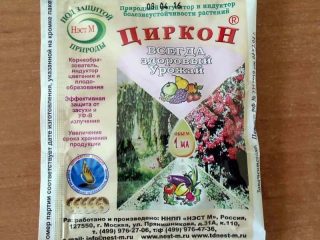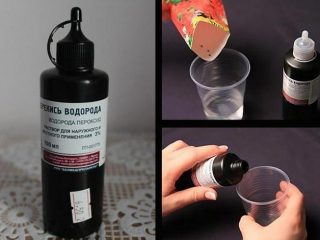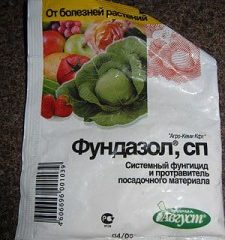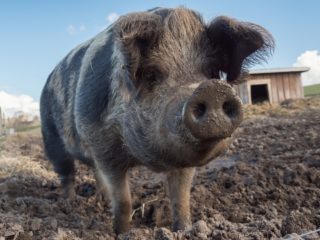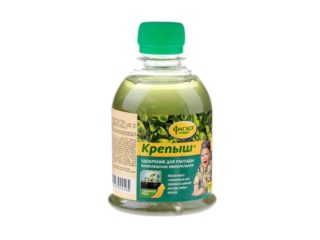Content
One of the most convenient and useful fertilizers for use in the garden is superphosphate. This is a drug belonging to the group of phosphorus fertilizers. Phosphorus is one of the main components necessary for plants to develop normally. In the absence of this element, plant development is inhibited and the fruits grow small. Superphosphate eliminates this problem, but an overdose of fertilizer also does not benefit the crop.
Varieties
Superphosphate with a minimum set of chemical elements is often called monophosphate. This type is available in two forms: powder and granular. Composition of simple superphosphate:
- phosphorus 10-20%;
- nitrogen ≈8%;
- sulfur no more than 10%.
Monophosphate is a gray powder or granules.
In addition to this, there are also double superphosphate and ammoniated superphosphate. Double differs from simple in that the ballast is removed from it, and the fertilizer itself contains double the amount of phosphorus.
Ammoniated has a high sulfur content: up to 12%. The amount of gypsum (ballast) can reach up to 55% versus 40-45% in monophosphate. Ammoniated superphosphate is used as a fertilizer for crops that require sulfur.These crops include cruciferous and oilseed plants:
- cabbage;
- radish;
- radish;
- sunflower.
In addition to the ammoniated version, there are varieties of this fertilizer with other additives necessary for plants. The use of each variety is justified by the specific problems at hand. There is no need to just sprinkle fertilizer “because there is another element there.”
How to use
The properties of superphosphate make it possible to saturate the soil with phosphorus for several years in advance, thanks to the ballast filler. Gypsum is poorly soluble in water, so the microelements that saturate it enter the soil slowly. The use of granular superphosphate as a fertilizer also makes it possible to “lighten” dense clay soil. Porous granules consist of compressed gypsum. Useful microelements are gradually washed out of them during watering, and the granules themselves act as a soil loosening agent. If it were not for the high consumption of fertilizer for feeding, the use of simple superphosphate would in certain cases be more profitable than the use of double superphosphate. But a simple fertilizing option is very inexpensive, which is why even now gardeners often prefer to use monophosphate.
On superphosphate packages, manufacturers print instructions for using the fertilizer made by a specific manufacturer, since the percentage of nutrients varies and different doses of the drug are required.
Basic feeding methods:
- applying the drug in the autumn under digging;
- adding fertilizer when planting seedlings and seedlings in holes and pits in the spring;
- mixing with humus or compost;
- sprinkling soil next to plants;
- liquid plant nutrition during the growing season.
Monophosphate is added only a month after adding acid-neutralizing substances, so that the neutralization reaction has time to complete. If the timing is not met, phosphorus compounds will react and form other substances that plants are not able to absorb.
Solution
If the first methods are quite simple and understandable, then with the latter, gardeners constantly have the question “how to dissolve superphosphate in water.” Compounds of trace elements are not noticeable to the eye, and a large amount of ballast gives the impression that the monophosphate is not soluble in water. Although the instructions for superphosphate fertilizer indicate that it is highly soluble in water. Due to the fact that phosphorus deficiency is noticed when obvious signs already appear on plants, people have a desire to correct the situation as quickly as possible. But there is no way to quickly dissolve superphosphate in water. Or the “speed of dissolution” depends on subjective sensations. It takes about a day to prepare the solution. Whether it is fast or slow depends on personal perception.
The packaging says how to dilute superphosphate for feeding, but it says simply: “dissolve and water.” This instruction brings gardeners almost to tears: “It doesn’t dissolve.” The gypsum does not actually dissolve. It shouldn't dissolve.
But the process of extracting trace elements and necessary chemical compounds from porous gypsum granules is quite lengthy.Typically, an infusion for liquid feeding is made within 2-3 days. Knowledge of physics will come to the rescue. The hotter the water, the faster the molecules move in it, the faster diffusion occurs and the faster the necessary substances are washed out of the granules.
One way to quickly dissolve superphosphate using boiling water:
- 2 kg of granules pour 4 liters of boiling water;
- cool while stirring and drain the resulting solution;
- pour 4 liters of boiling water over the granules again and leave to steep overnight;
- In the morning, drain the water from the granules, mix with the first solution and increase the amount of water to 10 liters.
This amount is enough to process 2 acres of potatoes. Knowing how much dry fertilizer is needed for this area, you can calculate the proportions for other crops. In cold water, fertilizing will need to be infused longer.
Liquid fertilizer can be prepared more quickly by using the powdered form of monophosphate. But such a solution must be carefully filtered, since when spraying fertilizer, the sprayer nozzle may become clogged.
Dry fertilizer
When feeding plants with superphosphate in dry form, it is better to mix it with wet organic fertilizers and leave it to “mature” for 2 weeks. During this time, part of the superphosphate nutrients will be converted into compounds that are easily digestible by plants.
Acidic soils
Since the characteristics of superphosphate depend on the additional substances contained in the product, the amount of ballast and the form of release, for the greatest efficiency it is necessary to select fertilizers for the soil of a specific area. So, on acidic soils of the non-chernozem zone, it is better to use a sparingly soluble form in the form of granules. This soil needs to be deoxidized periodically.Semi-soluble ones are best used on alkaline and neutral soils.
Reduce soil acidity using alkaline substances: chalk, lime, ash.
Very acidic soil may require significant amounts of alkaline reagents. But usually it is enough to add half a liter of lime infusion or a glass of ash per square meter of soil.
Reviews
Conclusion
Superphosphate is one of the most popular, cheap and easy to use fertilizers.Its advantage is that while plants are fully supplied with phosphorus, the fertilizer does not contain a large amount of nitrogen, which causes rapid growth of green mass in plants instead of flowering and fruit set. At the same time, garden crops are not left completely without nitrogen.
